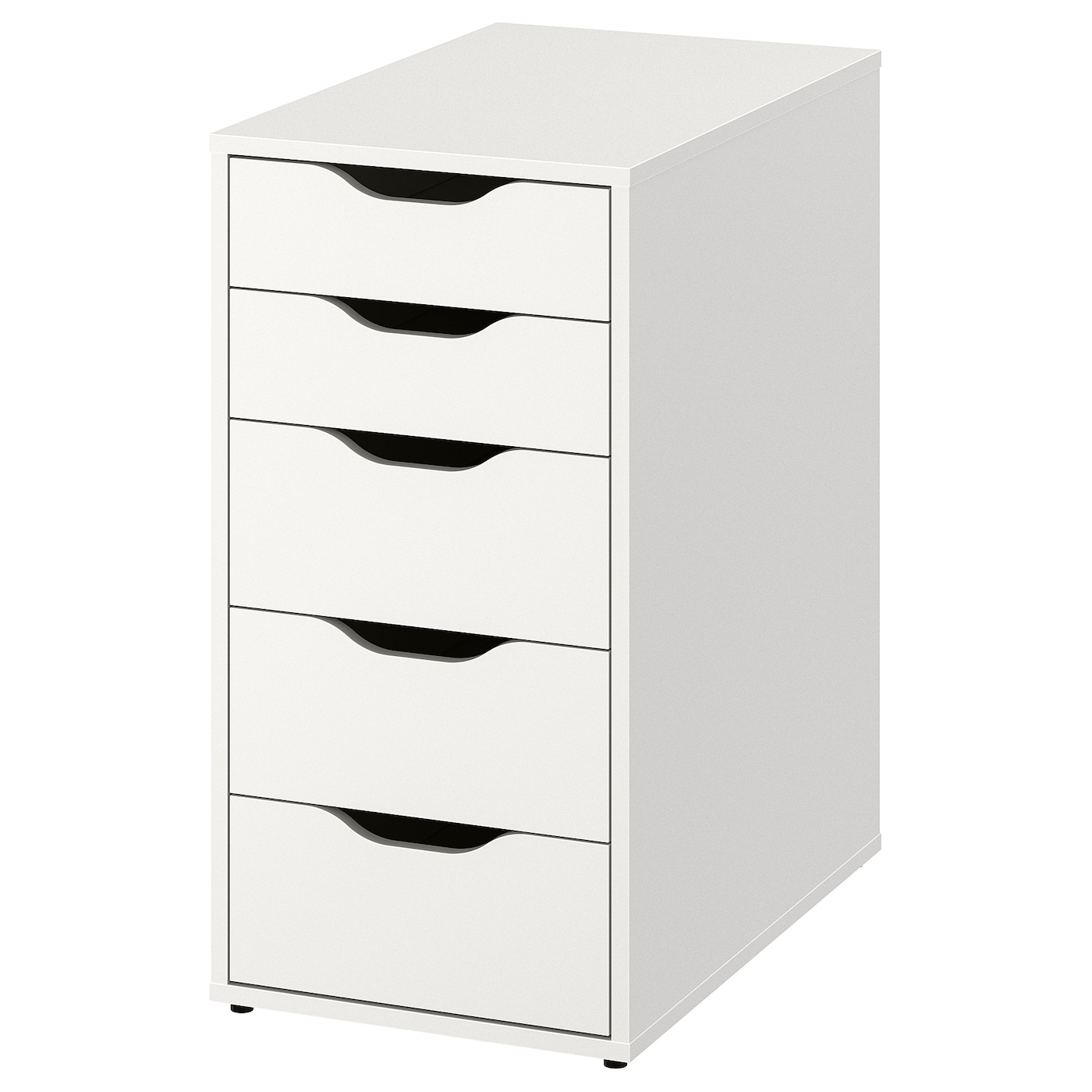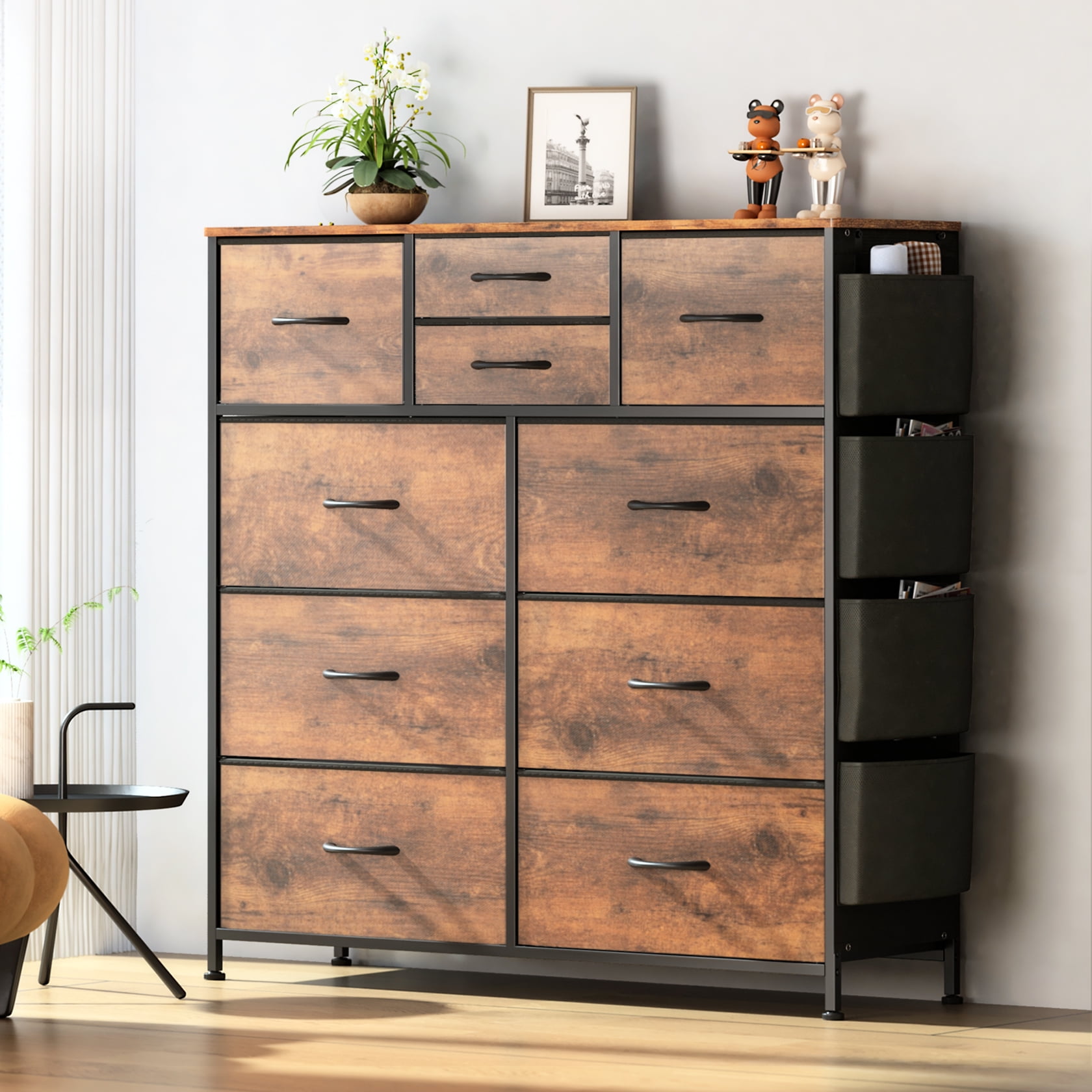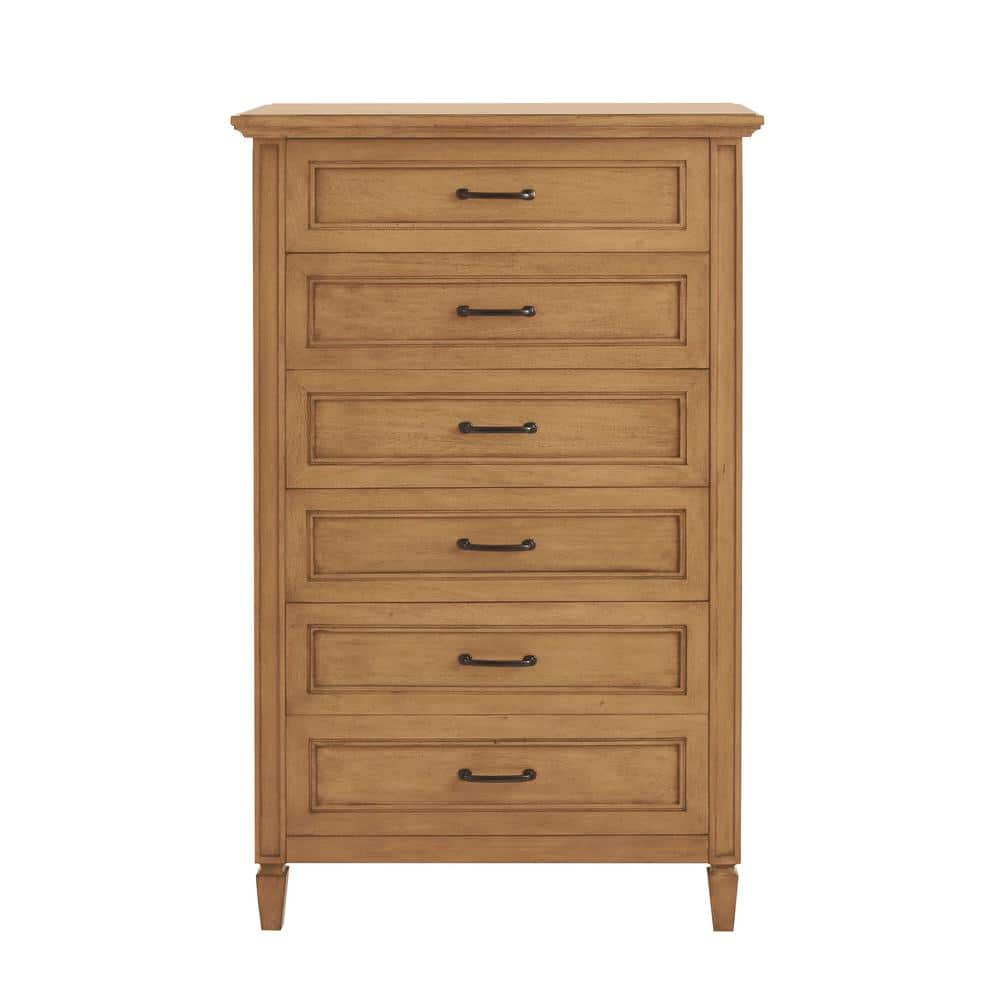Introduction: Unlocking Creativity Through DIY Drawer Making
Creating your own drawer is not just a practical endeavor; it’s an opportunity to unleash your creativity and craftsmanship. Whether you’re a seasoned woodworker or a novice DIY enthusiast, crafting your own drawer allows you to customize storage solutions to fit your unique needs and personal style. In this comprehensive guide, we’ll walk you through the step-by-step process of making your own drawer, from selecting materials to assembling the final product.
Gathering Materials and Tools: Setting the Foundation
Before diving into the construction process, gather all the necessary materials and tools for your DIY drawer project. You’ll need wood boards for the drawer box, drawer slides for smooth operation, screws or nails for assembly, a saw for cutting the wood to size, a drill for creating pilot holes, a hammer or screwdriver for fastening hardware, and sandpaper for smoothing rough edges. Additionally, consider purchasing drawer pulls or knobs to add a finishing touch to your creation.

Measuring and Planning: Precision is Key
To ensure a perfect fit, precise measurements are essential when planning your drawer design. Measure the dimensions of the space where the drawer will be installed, taking into account the width, depth, and height restrictions. Determine the optimal size for your drawer box based on these measurements, accounting for the thickness of the wood and clearance for the drawer slides. Sketch out a detailed plan, including dimensions and assembly instructions, to guide you through the construction process.
Cutting the Wood: Crafting the Drawer Components
Once you’ve finalized your design and gathered your materials, it’s time to cut the wood to size. Use a saw to carefully cut the wood boards according to your measurements, ensuring straight and precise cuts for the drawer box components. For the drawer front, back, and sides, cut the boards to the desired length and width, taking into account the thickness of the wood and any allowances for joinery or hardware. Double-check your measurements before cutting to avoid costly mistakes.

Assembling the Drawer Box: Joining the Pieces Together
With the wood cut to size, it’s time to assemble the drawer box. Begin by laying out the drawer front, back, and sides in the desired configuration, ensuring that all edges are flush and corners are square. Use wood glue and screws or nails to join the pieces together, creating a sturdy and secure box structure. Consider reinforcing the corners with additional glue or dowels for added strength and stability. Once the box is assembled, sand the surfaces smooth to remove any rough edges or imperfections.
Installing Drawer Slides: Ensuring Smooth Operation
Drawer slides are essential components for ensuring smooth and effortless drawer operation. Begin by installing the drawer slides inside the cabinet or furniture piece where the drawer will be installed, following the manufacturer’s instructions for proper placement and alignment. Next, attach the corresponding drawer slide components to the sides of the drawer box, ensuring that they are level and parallel to the cabinet slides. Test the drawer slides to ensure smooth movement and adjust as needed for optimal performance.
Adding Finishing Touches: Personalizing Your Creation
With the drawer box assembled and the slides installed, it’s time to add the finishing touches to your DIY drawer. Sand the surfaces of the drawer box and edges of the drawer front to achieve a smooth and uniform finish. Apply a coat of wood stain or paint in your desired color to enhance the appearance and protect the wood from moisture and wear. Once the finish is dry, attach drawer pulls or knobs to the front of the drawer for easy opening and closing.

Exploring Advanced Techniques: Enhancing Your Drawer Making Skills
Now that you’ve mastered the basics of drawer making, it’s time to explore advanced techniques to elevate your craftsmanship to the next level. From intricate joinery to creative embellishments, incorporating these techniques into your projects will add sophistication and flair to your handmade drawers.
Dovetail Joinery: Achieving Timeless Elegance
Dovetail joints are renowned for their strength, durability, and aesthetic appeal, making them a favorite among experienced woodworkers. By carefully cutting interlocking pins and tails along the edges of the drawer box components, you can create seamless and visually striking connections that stand the test of time. While dovetail joinery requires precision and practice, the results speak for themselves, adding a touch of timeless elegance to your handmade drawers.

Inlay and Marquetry: Adding Artistic Flourishes
Inlay and marquetry techniques allow you to infuse your handmade drawers with artistic flair and intricate detailing. Whether you choose to incorporate contrasting wood veneers, mother-of-pearl accents, or geometric patterns, these decorative elements add depth and visual interest to your projects. With patience and attention to detail, you can create stunning inlaid designs that transform your drawers into works of art, showcasing your creativity and craftsmanship.
Hidden Compartment Design: Unveiling Secret Storage Solutions
Hidden compartments add an element of intrigue and functionality to your handmade drawers, providing discreet storage solutions for valuables or treasured possessions. By incorporating cleverly concealed compartments within the drawer box or behind false fronts, you can maximize storage space while maintaining a sleek and seamless appearance. Experiment with innovative mechanisms such as magnetic latches or spring-loaded panels to create hidden compartments that are both secure and easily accessible.
Exotic Wood Selection: Embracing Natural Beauty
The choice of wood plays a crucial role in the overall look and feel of your handmade drawers, with exotic hardwoods offering unparalleled beauty and character. From rich mahogany and vibrant cherry to exotic species like zebrawood and purpleheart, the possibilities are endless when it comes to selecting materials for your projects. Embrace the natural variations in grain, color, and texture to create drawers that are as unique and individual as the wood from which they’re crafted.

Custom Hardware: Adding Personalized Touches
Don’t overlook the importance of hardware when designing your handmade drawers, as it can greatly impact both the aesthetics and functionality of the finished piece. Explore a wide range of drawer pulls, knobs, and handles to find the perfect hardware to complement your design aesthetic. Consider customizing hardware with engraving, embossing, or patina finishes to add personalized touches that reflect your style and personality.
Conclusion: Celebrating Creativity and Craftsmanship
Crafting your own drawer is a rewarding endeavor that allows you to express your creativity and showcase your craftsmanship. By following this step-by-step guide, you can design and build a custom drawer that perfectly fits your needs and complements your space. Whether you’re organizing a cluttered kitchen, upgrading a tired dresser, or adding storage to a custom piece of furniture, the possibilities are endless when you take the DIY approach to drawer making. Embrace the opportunity to unlock your creativity and enjoy the satisfaction of bringing your vision to life one drawer at a time.










